Ten (10) animals that are almost extinct
12th of March 2022

10. The giant Panda

The giant panda also known as a panda bear or simply a panda is native to south central China. You've probably seen these bears before, they're the ones with black and white fur.
Fun fact- giant pandas have been removed from endangered to vulnerable because of human intervention. There are estimates that there are over 3,000 wild giant pandas which is great/ However, I put pandas on this list because I think they should go extinct. The reason I think they should go extinct is because they live with their food sources too much. They only eat bamboo and when one animal only eats one type of plant, they're setting themselves up for failure.
They have the digestive system of a carnivore which makes their food processing terrible. They get very little energy from the food they do eat, they're also too stupid to reproduce in captivity. You’d have to artificially inseminate pandas to make more of them. They lose their interest in mating once they're captured.
A giant panda-mother can't produce milk for two cubs, so she picks the bigger one and then the other one dies. Giant Panda
9. The Siamese crocodile

The Siamese crocodile is a medium-sized freshwater crocodile native to Indonesia, Malaysia, Laos, Cambodia, and Vietnam. They are critically endangered and already completely extinct from most regions.
There are 700,000 of these crocodiles available in commercial fisheries so they're not going to disappear off the planet, but wild ones are. It is estimated that there are less than 100 of these crocodiles left in the wild which is probably a good thing because as mankind grows, we will eventually replace nature. If you think that we're gonna make it to Mars before we've completely conquered earth, you're probably right. But we'll at least have enslaved all our former predators and that includes crocodiles.
Most of these crocodiles lost their habitat during the Vietnam War. As humans expand, they lose more territory to agriculture due to chemical fertilizers and pesticides. It is worth noting that Siamese crocodiles have lost ninety-nine percent of their wildlife and that's a huge percentage. Siamese crocodile
8. The Siberian tiger

The Siberian tiger also called the Amur tiger is a subspecies inhabiting the Russian Far East at one point in time. Siberian tigers lived all throughout Korea and north-eastern China, as well as Mongolia and the Russian far East. As of 2015, it was estimated that there are only 562 wild Siberian tigers in Russia, and they don't live in any other countries anymore.
The Siberian tiger and the Bengal tiger are the biggest living cats today in the wild. Siberian tigers have adapted to be smaller than Bengal tigers.
Siberian tigers were pushed to the brink of extinction during the Russian Civil War where both sides based in front of a stock wiped out local Siberian tigers.
There were only 40 remaining Tigers in the wild. in 1947 the Soviet Union created anti-poaching control zones that were heavily patrolled after the dissolution of the Soviet Union illegal deforestation, and bribery of the Park Rangers brought more poaching of Siberian tigers. There were also Siberian tigers in the Korean Peninsula in the early 1900s, however they were hunted to extinction by the Japanese during their occupation of Korea. The last Siberian tiger in South Korea was killed in 1922. Siberian Tiger
7. The California condor

The California condor is the largest North American land bird it became extinct in the wild in 1987. all the remaining wild ones have been captured. The species has been reintroduced into northern Arizona and southern Utah and the coastal mountains of central and southern California condor.
Numbers dramatically declined throughout the 20th century due to poaching, lead poisoning, and habitat destruction. “The classic conservation plan was put in place by the United States government that led to the capture of all the remaining wild condors completed in 1987 with 27. These surviving birds were bred at the San Diego Wild Animal Park and the Los Angeles Zoo”. Source
Through captive breeding numbers have increased and in 1991, the condors were reintroduced into the wild. It's one of the world's rarest species of bird. as of December 2016, there are only 446 wild and captive California condors in total. California Condor
6. The mountain gorillas

The mountain gorilla is one of two subspecies of the eastern gorilla. As of September 2016, the estimated number of mountain gorillas was only about 880. They are critically endangered.
Some of the biggest threats towards mountain gorillas are poaching gorillas are maimed or killed by traps set for other animals accidentally and also their infants are abducted and sold to zoos illegally and sold to other wealthy people as pets. This often results in the adult gorillas being killed in the process.
There are diseases because of their contact with tourists and war has destroyed quite a few of these gorillas. In 1991, the international gorilla conservation program was established as a joint effort of the African Wildlife Foundation, fauna and flora international, and the Worldwide Fund for Nature. They began a conservation of mountain gorillas and took their work to many different levels of involvement from local all the way up to international and evolving protections in the field as well as changes in law enforcement and research and education.
5. The black rhino

The black rhinoceros or hook clipped rhinoceros is native to eastern and southern Africa. Although it's referred to as black, its colours vary from brown to grey. The species is classified as critically endangered and one of its three- subspecies the Western black rhinoceros was declared extinct in 2011. For most of the 20th century, the continental black rhino was one of the most numerous of all the Rhino species.
Around 1900, there were several hundred thousand rhinos living in Africa. By the 1950s, that had dropped to 70,000. In the 1960s, there were only 10,000 left. In the early 1990s, the number dipped below 2,500, and in 2004 it was reported that only 2410 black rhinos remained.
Black rhinos are still being hunted to this day. A permit to hunt black rhinoceros in Namibia sold for $350,000 in a fund Raiser. The biggest threat to these Rhinos seems to be illegal poaching and competing species as well as war. Black Rhino
4. The Hawaiian Crow

The Hawaiian crow is a species of bird in the crow family and it's currently extinct in the wild. They live up to 18 years in nature and 20 years in captivity. Some Native Hawaiians considered the Hawaiian crow a family god, but it must be a really crappy god because they're extinct in the wild.
The species is known for its strong flying ability and resourcefulness but that wouldn't make any sense considering they went extinct. Their small population size makes the species very vulnerable to environmental fluctuations leading to a very high likelihood of inbreeding which results in lethal deformities.
Unlike most crows, Hawaiian crows did not adapt well to Humans. Farmers shoot these crows because they are believed to disturb the crops, and illegal hunting has continued even after legal protection was granted to the crows. Hawaiian crow
3. Fin Whales

The fin whale also known as the finback whale, Razorback so on. The marine mammal belonging to the Baleen whale family is the second largest mammal on earth only after the blue whale. Like all other large whales, they were heavily hunted during the 20th century and are now an endangered species. Over 725,000 fin whales were taken from the southern hemisphere between 1905 and 1976, and as of 1997 only 38,000 remain.
Recovery of the overall population size is predicted to be less than 50% of its pre whaling state by 2100 due to heavier impacts of whaling and their slow recovery rate. Global population estimate states that there are less than 100,000 of these whales currently alive today which means that only 10% of the whales’ population is still currently alive.
The introduction of steam powered boats and harpoons made an incredible impact on fin whales because before they had previously been able to outrun open boat whalers. They were hunted for their blubber oil and Baleen.
2. The Okapi

The okapi and the giraffe are the only living members of the family giraffe today. They're about a metre and a half tall and weird looking. The endangered animal’s major threats include habitat loss to the logging and human settlement. Extensive hunting for bush meat and skin as well as illegal mining operations have also led to a decline in population. The okapi conservation project was established in 1987 to protect okapi.
In June 2012, a gang of poachers attacked the headquarters of the Okapi wildlife reserve killing six guards and other staff as well as all 14 okapis at their breeding centre. These things are hunted like crazy. Okapi reserve attack
1. The Amur Leopard

The Amur leopard is a leopard subspecies that lives in Russia and the Northeast province of China. It is critically endangered. In 2007, only 19 of these things were estimated to survive. As of 2015, fewer than 60 individuals are estimated to survive in Russia and China and with these kinds of numbers you must ask how screwed up the gene pool is.
Poaching of leopards is a main threat to their survival. There are rumours that Chinese traders buy leopard skins in the 14 months from February 2002 to April 2003. Leopards are killed by local Russians from small villages and then sold to the Chinese.
Human-induced fires are also a main threat to the survival of the Amur leopard. Setting fire to a natural field is how rural farmers burned through an area to improve fertility for livestock grazing or quickly remove a forest. The last problem is genetic inbreeding- considering that there just aren't enough of these leopards. The Amur Leopard
Disclaimer: This article and all material used in this content is used for entertainment and educational purposes only. No copyright infringement is intended.
All images used have been cited


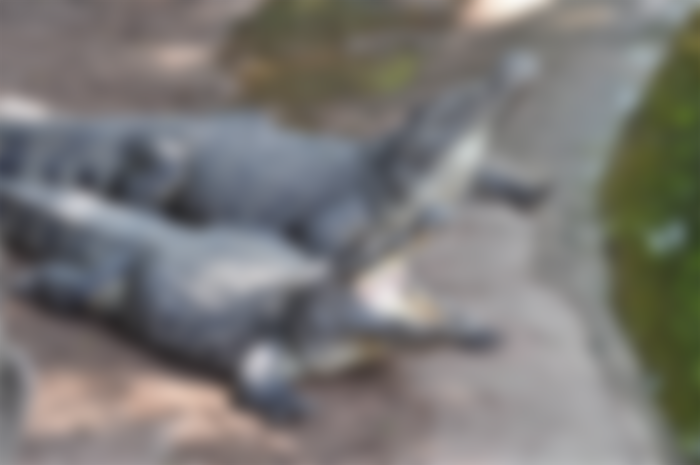
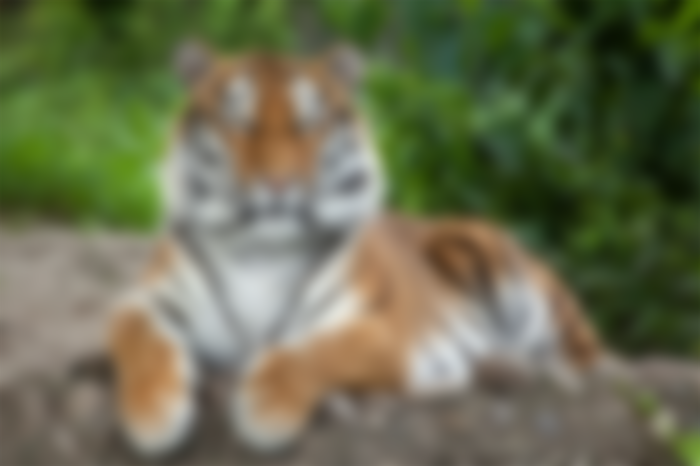
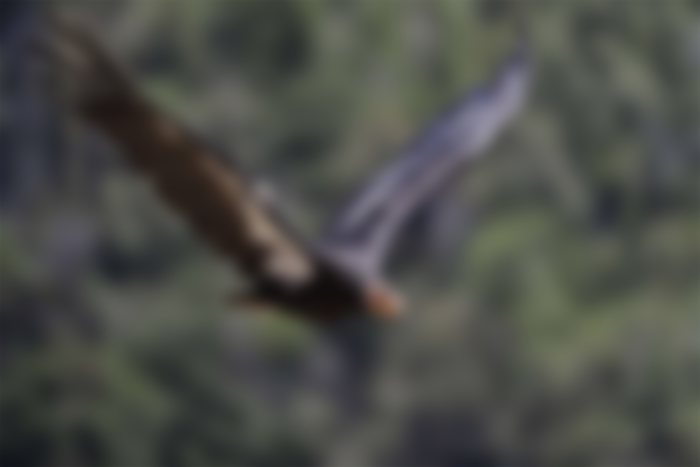
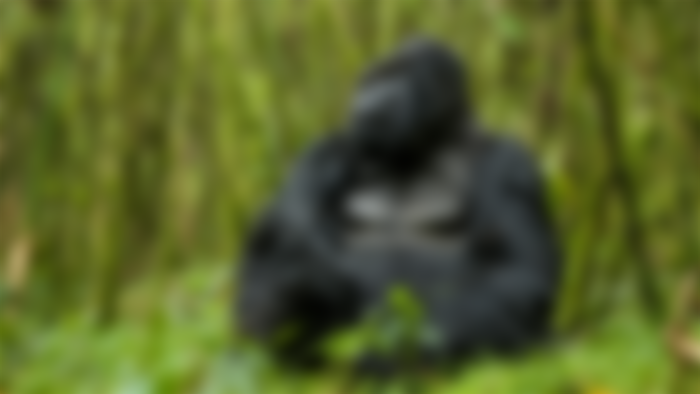
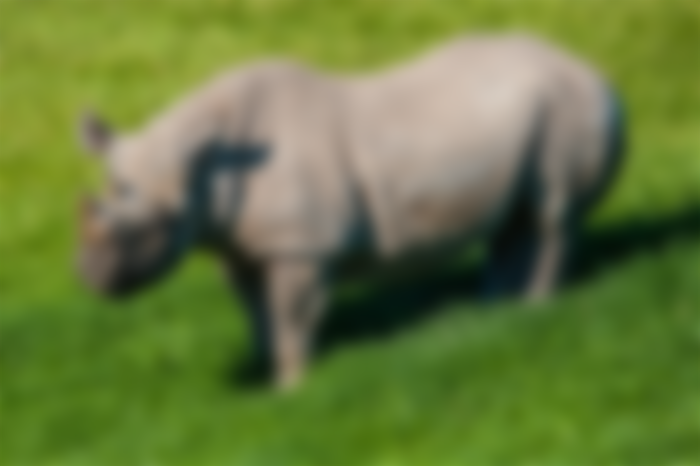
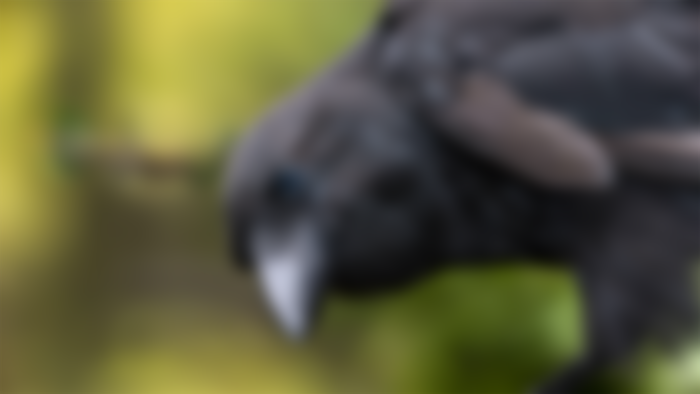

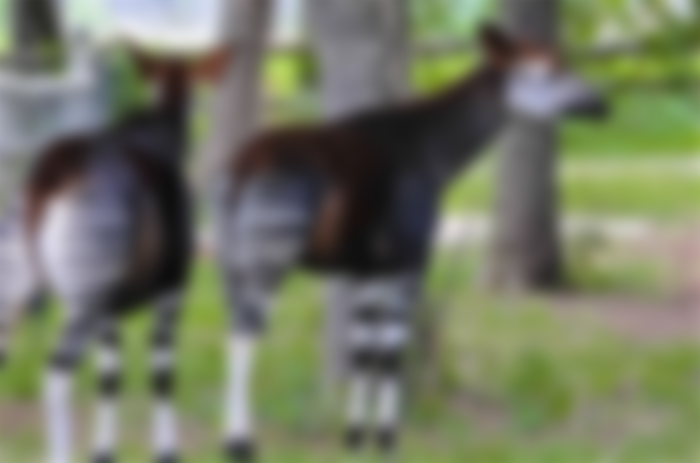
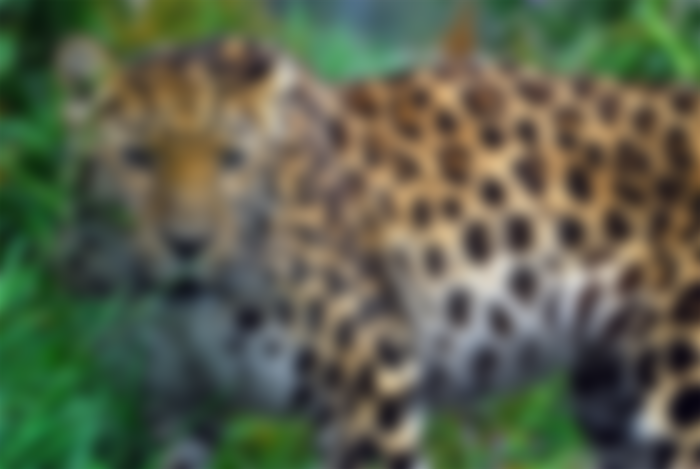
Lovely, this is informative really, never knew some animals mentioned above or their extinction now I do.. thanks for that.